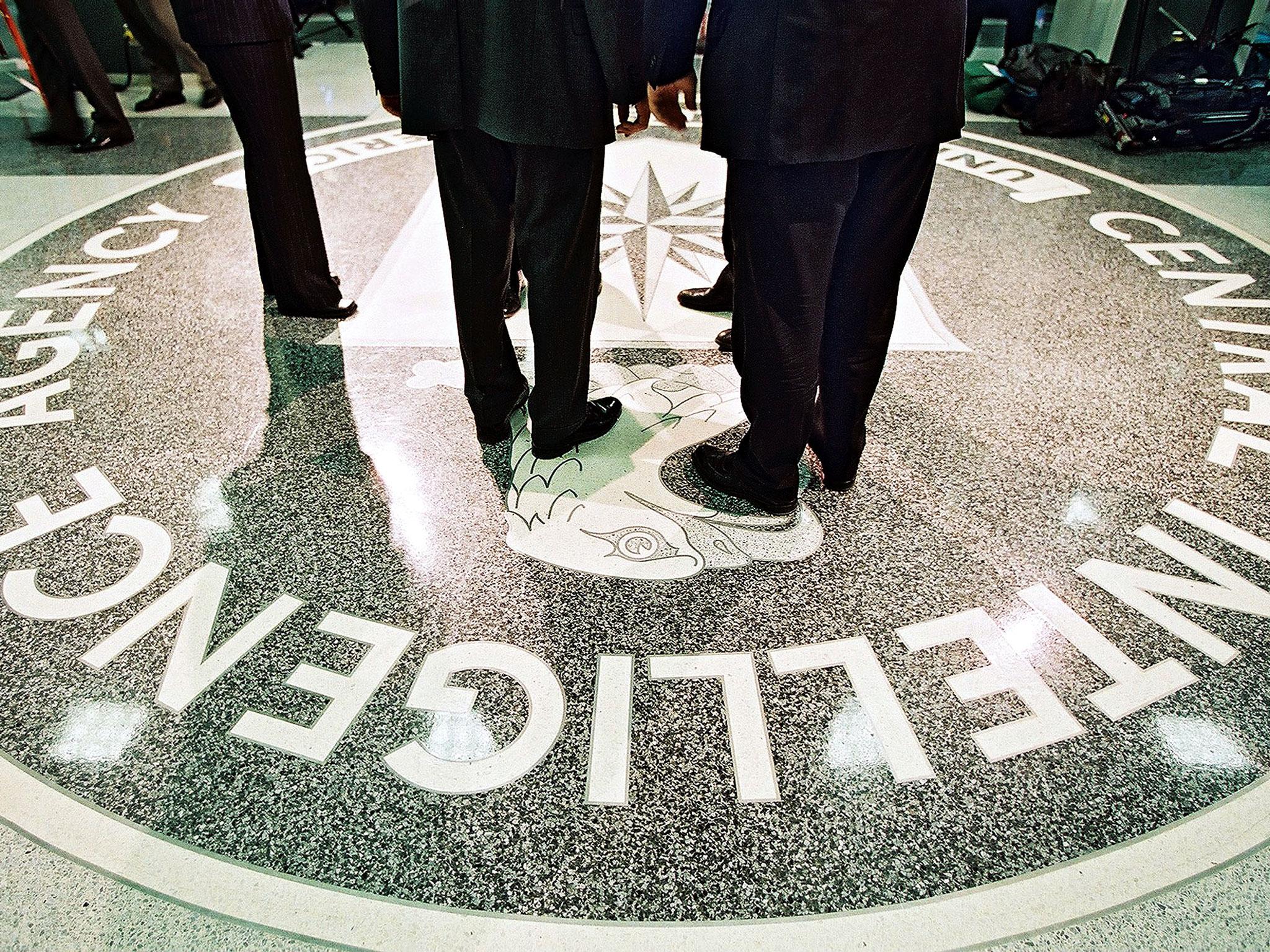CIA black site evidence 'destruction' allowed by judge in 9/11 plotter case
Congress allowed for substitution using photographs and blueprints

Your support helps us to tell the story
From reproductive rights to climate change to Big Tech, The Independent is on the ground when the story is developing. Whether it's investigating the financials of Elon Musk's pro-Trump PAC or producing our latest documentary, 'The A Word', which shines a light on the American women fighting for reproductive rights, we know how important it is to parse out the facts from the messaging.
At such a critical moment in US history, we need reporters on the ground. Your donation allows us to keep sending journalists to speak to both sides of the story.
The Independent is trusted by Americans across the entire political spectrum. And unlike many other quality news outlets, we choose not to lock Americans out of our reporting and analysis with paywalls. We believe quality journalism should be available to everyone, paid for by those who can afford it.
Your support makes all the difference.The US government destroyed a so-called CIA “black site” with a trial judge’s approval, according to accusations made by defence lawyers for the alleged 9/11 attack plotters.
Defence attorney Cheryl Bormann said that the secret prison, or “torture chamber”, as she called it, was “decommissioned” by US agents, according to a report by the Miami Herald.
Prosecutors were allowed to see top secret photographs and blueprints of one site in question instead of viewing the foreign held US prison in person to “exercise our own professional judgment as to what to document about the black sites,” according to defence attorney Jay Connell.
By substituting photographs and blueprints, the prosecution, led by Army Brig Gen Mark Martins, would not risk divulging the secret location of the site and “court processes don’t squander national security and secrets”. The process of substitution was created by Congress’ Classified Information Protection Act and continued in the Military Commissions Act.
Defence discovered that the classified “no-name motions” had requested permission to destroy the black site. The case, they thought, had been stalled in July 2014, until learning that the site had been decommissioned in Feb 2016.
Nevertheless, prosecution maintained they had not done anything wrong by allowing the decommissioning of the site – which involved removing “fixtures” from walls, described vaguely by defence as “contraptions or devices”.
The location of the prison remained kept under wraps during the Sunday hearing.
“We’re not going to let an individual criminal defendant ... mortgage the whole future of the country in one case, because they’ve got something that could force government officials to try to figure out how to accommodate it,” Gen Martin said. “We’re not allowed to compromise national security just to get to a result in a case. That’s what Congress is trying to prevent.”
The defence are representing five men – led by Khalid Sheik Mohammed, the alleged 9/11 mastermind – who they say were held at the decommissioned site at some point prior to prosecution.
In the Sunday hearing, the defence also accused prosecution of holding a secret meeting with the judge, Col James L Pohl and consider the decommissioning of the site to be destruction of evidence.
Four of five defence teams have asked that Col Pohl remove himself from the case. The only attorney who is not requesting his recusal is motioning to remove the death penalty from his client’s possible sentencing.
The decommissioned secret prison was part of a larger international network of CIA-run “black sites” hosted by foreign countries. Two of the sites were held on the Guantanamo base in Cuba.
Prosecutors added that they did not want to reveal the location of the black site in order to preserve foreign relations.